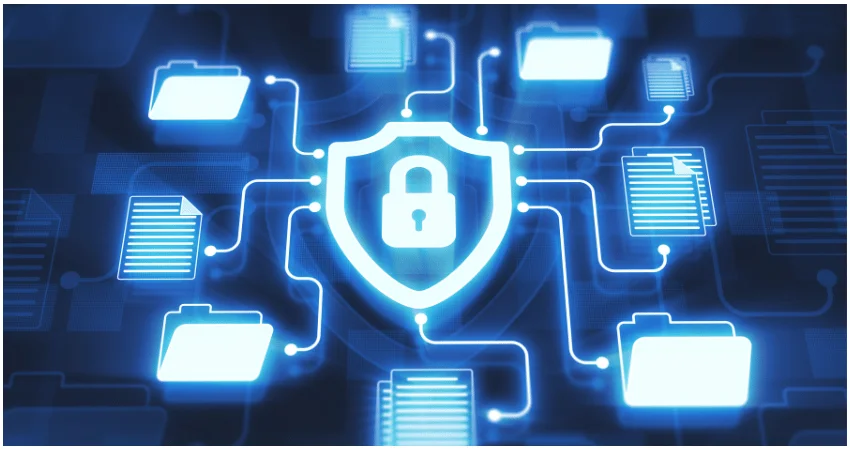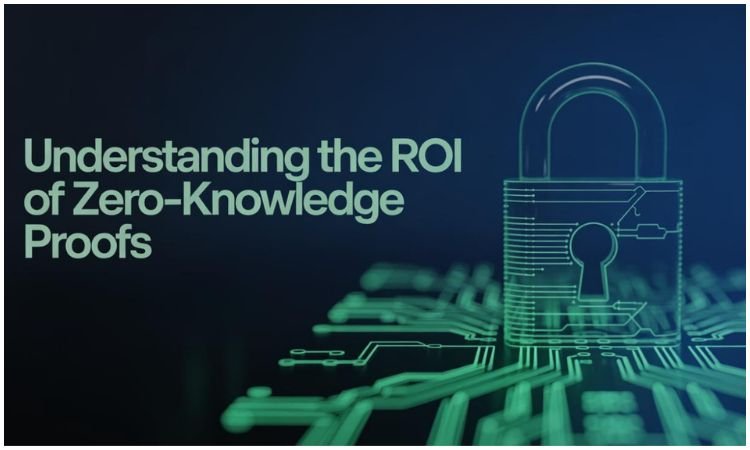
Imagine eliciting someone to open a treasure chest without giving away the key. Zero-information Proof is a cryptographic technique that allows the prover to convince the verifier about a statement while leaking no more information. Shafi Goldwasser, Silvio Micali, and Charles Rackoff invented ZKPs in the 1980s. It is globally felt that security and privacy are much-needed ingredients for the digital world, and they are becoming increasingly required. ZKP enables an entity to demonstrate that it knows a password or an encryption key without actually revealing it. This is proved to the checker with complex mathematical rules.
Real-life ZKPs have numerous applications in, among other things, safe login solutions that allow users to identify themselves without giving away their password and in blockchain, which makes private transactions possible on public ledgers by using ZKPs to check for transactions. They verify the necessary checks in a way that protects healthcare, financial, and digital messaging data
Key Concepts: The Actors and the Guarantees
There exist two critical entities within a zero-knowledge proof system
- The witness is trying to tell the checker a secret.
- The person who should believe the statement.
ZKP systems strive for three things:
Knowing the secret facts, the prover can always convince the verifier. Honest commitments are always correct. If the prover cannot convince the verifier, then the statement is most probably false, or the prover is a liar. That prevents accepting false statements. The statement is true when tested for zero knowledge. To save the prover from hassle, private information remains secret. These characteristics make zero knowledge proof systems reliable for proving knowledge or honesty without compromising privacy.
Simple Analogy: The Cave Example
How to use ZKP
Person B instructs Person A to leave through a randomly chosen exit. Response to a Challenge: Bob yells out the names of tunnels. Alice is allowed to leave the cave via the chosen exit. The process is repeated. Each iteration reveals Alice is able to leave the cave without revealing the pathway.
The guarantee that B makes about A’s escape confirms her claim. Person B knows that person A knows the path without asking; this is the aspect of the ZKP with respect to giving information without exposure of secrets.
Basic Components of ZKP
A traditional ZKP consists of three parts:
The different parts of a zero knowledge proof system aid the prover in convincing. The prover, who is a secret keeper, needs to answer random challenges sent by the verifier. Challenge the response. Proof can convince the checker of something without revealing it. They do this by answering correctly. It is actually true that the truth of the statement protects the private information of the prover
Types of Zero Knowledge Proofs
There are two kinds of ZKPs:
Interactive versus non-interactive:
How ZKP Works: A Step-by-Step Process
General ZKP process:
Mathematical Foundations: A Brief Overview
Real-World Applications
Advantages and Limitations of ZKP
There are also problems associated with ZKP:
The Future of Zero-Knowledge Proofs
Conclusion: Unveiling a Future with Privacy and Security
Finally, Zero-information Proofs are quite a radical way to verify information without leaking secrets. Strong encryption makes it possible for consumers to keep their data and online activities strictly private. We have covered some basics of ZKP: prover and checker roles, followed by the necessity of ZKPs being complete, sound, and zero-knowledge. An example with a cave and step-by-step proving and verifying were also provided as an exercise in ‘feeling’ ZKP math. We also went through some applications of the math of ZKPs to identity verification, cryptocurrency, and secure voting.







